Ilija Bašičević Bosilj-painter, world classic of marginal art. He was born in 1895 in Šid, where he spent his whole life in agriculture and animal husbandry. He only had 4 grades of elementary school. Ilija had two sons, of which Dimitrija Bašičević was a famous art historian and was highly esteemed in Belgrade and Zagreb.
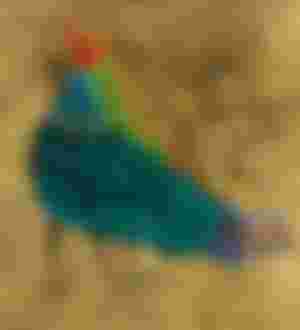
He was engaged in agriculture until 1957. On March 28, 1957, his land was confiscated, and when the law on expropriation came into force, he had to hand over all his land to the authorities. In the desire to redirect his thoughts to something else, Ilija started painting at the age of sixty. His son Dimitrije, wanting to discourage him, tore up all his paintings, but Ilija did not give up, he continued to paint her and very successfully. Defeated by his father's persistence, he began to encourage him and began to see the greatness of his father's work, which managed to achieve what the greats of Serbian painting never managed to achieve.
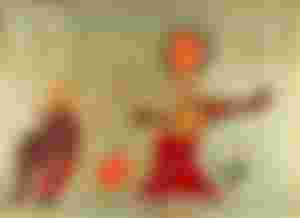
Ilija's works are original and authentic. At the beginning, he makes drawings and gouaches, then oil on wood, canvas, hardboard, paper, less often on glass. He exhibited independently for the first time in 1962, and independently in 1963. Thanks to numerous performances, he was quickly recognized as one of the most original phenomena in the world of naive art at the time. The most numerous are paintings of biblical motifs, especially Old Testament scenes. The following are motifs inspired by epics, legends and myths.

Ilija is the only painter who had to prove that he is the author of his works, so the Commission of the Educational and Cultural Council in Zagreb invites Ilija to prove the authenticity of the creative act before the selected commission. Until then, it seemed that the author of all the pictures was his son Dimitrije. In Zagreb, on February 18, 1965, in the apartment of Dimitrij Bašičević in Freudenreichova 3, a four-member commission observed Ilija Bosilj creating a work of art. They unanimously confirmed the authenticity and one hundred percent authorship of the previously painted works to the relief of Elijah and his family and the shame of all those who doubted.
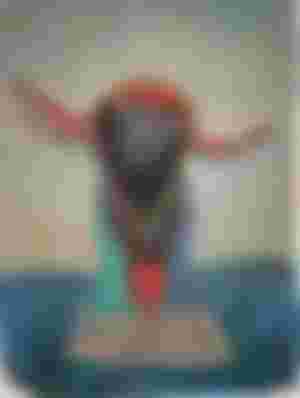
In his ecstasy, Ilija painted several hundred paintings. One hundred was bought by a large gallery of naive art in Lausanne during his first exhibition abroad. In addition to fantasy in the implementation of his ideas, Elijah also used the pop icons of that time, so at an exhibition in Switzerland, Carlo Ponti found himself face to face with a picture of his wife, Sofia Loren. It is said that at that time Ponti wanted to buy the entire exhibition, but that the Basicevic family rejected it. Ilija's paintings are also in the private collection of the Rockefeller family.
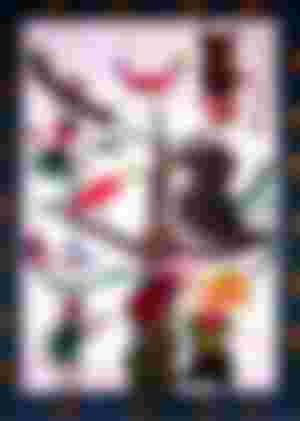
He presented a legacy of paintings to his hometown of Shido. Today it is a gallery-museum collection that bears his name Ilijanum. He died on May 14, 1972 in Šid. One of his paintings "Bačinački brest" is on display at the current exhibition in Paris. At the Third Triennial of Naive Art in Bratislava in 1972, Ilija was posthumously awarded the recognition of the international jury for achievements in the field of naive art.
I hope you enjoyed this article.
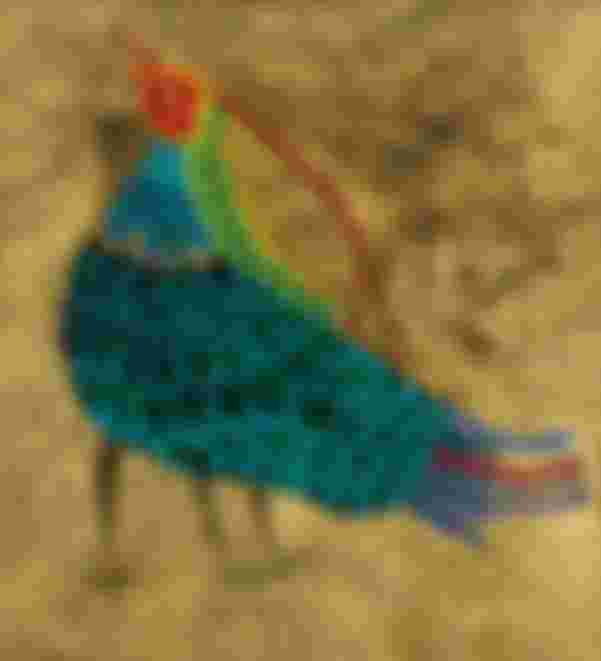
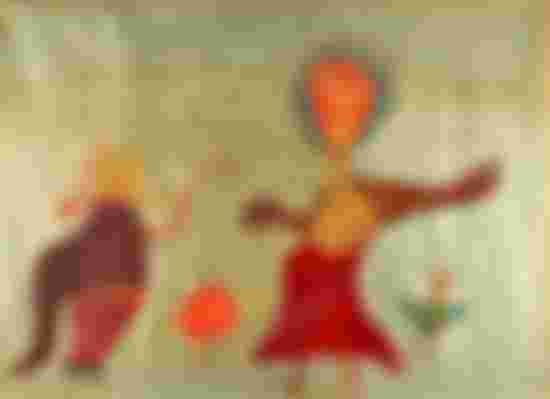
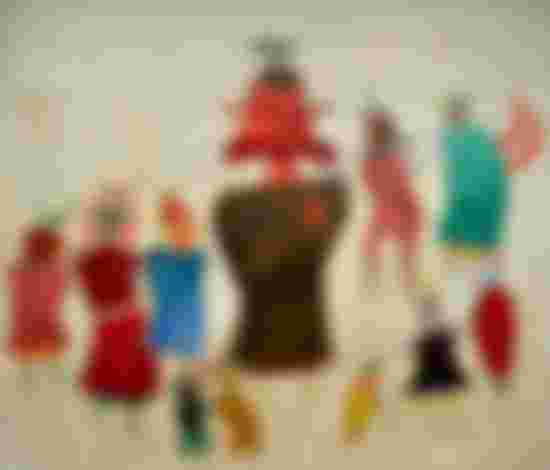
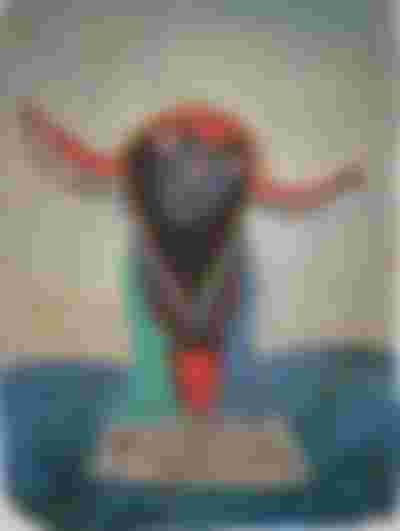
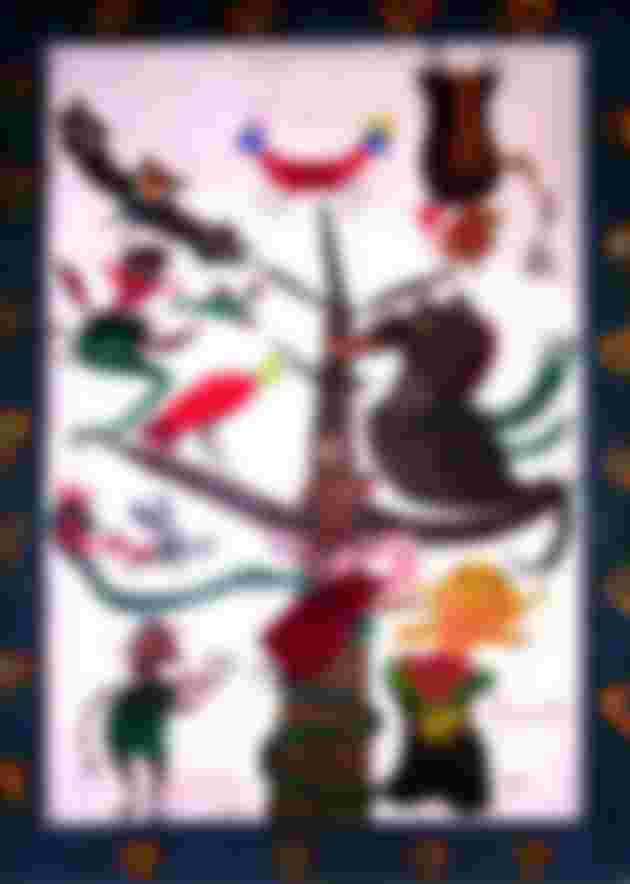
Unlike naive people, Ilija Bosilj did not strive to reflect reality. His characters are stylized, reminiscent of children's and cave drawings, but also of anthropological and ethnological studies. In addition to his talent for painting, Ilija Bosilj also had an unexpected coloristic gift. Although there was no justification for the actions of the Zagreb cultural elite for the shameful condemnation of Ilija and his son, it was really shocking that such works were painted by a man from four grades of primary school. It was said that naive painters must be different from academic painters, and especially from artists who are not from the countryside, and such rules were violated by the paintings of Ilija Bosilj. It was easier to say that Elijah did not paint his paintings, than to recognize him as an artist.